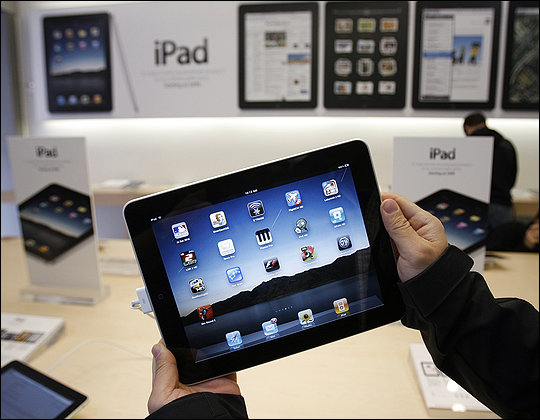Wireless Devices & Wellness
/ "Wireless Health" is a term that has been emerging over the past several years. As with all industries, advancing technologies are bringing revolutionary solutions to the huge health "care" marketplace.
"Wireless Health" is a term that has been emerging over the past several years. As with all industries, advancing technologies are bringing revolutionary solutions to the huge health "care" marketplace.
A recent article by Dana Blankenhorn titled, "Could wireless health get too rich and too Slim?" addresses medical technology's increasing momentum. He selects the grand opening of the West Wireless Health Institute, as evidence with some important recent announcements which raise an interesting question:
- The Wests have put another $25 million into the Institute, bringing their total commitment to the effort to $90 million.
- Cisco, Medtronic and Carefusion have all joined as technology and education partners.
- The research partnership with Slim, who has also teamed up with the Gates Foundation in a $150 million health partnership.
As Blankenhorn points out, "in just a few years wireless health has been showered with money, tied into the very wealthiest circles, and given enough corporate partners to choke a horse."
Dana finds this "ironic because wireless health is not an area that should require immense charitable support. Sensor and wireless communication chips are ready for prime time venture funding and deployment today. They have been for some time."
Well, given Dana's skepticism, the emergence of wireless wellness is upon us and the opportunity for them to help revolutionize the wellness and sick care systems is enormous. However, until some smart business people get involved and the economics of the systems change, these technological capabilities may indeed only be relevant to a few.
I suggest you watch this TEDMED video delivered by Eric Topol who says we'll soon use our smartphones to monitor our vital signs and chronic conditions. At TEDMED, he highlights several of the most important wireless devices in medicine's future -- all helping to keep more of us out of hospital beds.












